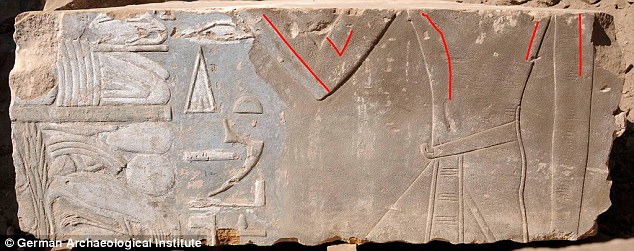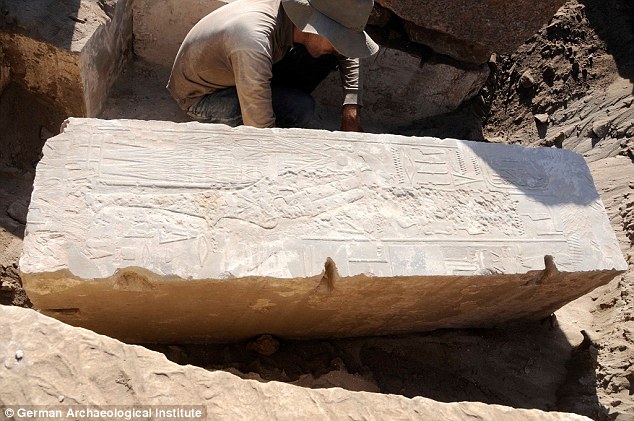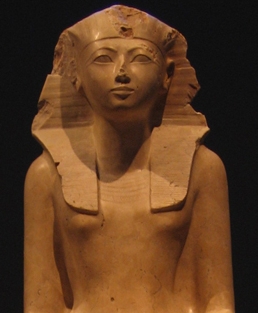For the longest time, many countries did not allow women to rule as a Queen. The only way they would be able to have a part in governing is if their husband were King. This “rule” goes for ancient Egypt as well, since only men could reign.
But one queen known as Queen Hatshepsut had actually reigned successfully for nearly two decades. However, history has forgotten that she was once powerful, living and ruling in a man’s world. There have been many monuments of Hatshepsut found. She was once considered both a king and queen. Sadly, many of those monuments were destroyed, especially the monuments depicting her as a woman. Finding a monument of her as a woman is extremely rare.

For the longest time, archaeologists had trouble supporting the fact that Egypt had had a woman ruler. Now, they have discovered a handful of carved blocks that belonged to the unknown queen. These blocks, however, show just how much her image was changed to satisfy ancient Egypt.
The blocks were discovered by the German Archaeological Institute on the Island of Elephantine, Aswan. One of the blocks shows just how much the woman’s form was changed to make it appear more male than female. In the blocks, the cartouche, a lozenge with her name on it, was scratched away so she couldn’t be identified.

An Ancient Egyptian Antiquities expert, Dr Mahmoud Afify, said that the building where the blocks were found was probably erected during the early years of the queen’s reign. This was most likely before people had been representing her as a male king. Hatshepsut had been crowned around 1,473 BC. She had changed her name from the female version, Hatshepsut, which means ‘Foremost of the Noble Ladies’, to the male version Hatshepsu.
The queen was born in one of the most advanced civilisations in the ancient world. She had taken over the throne of Egypt from her young stepson, Thutmosis III, and declared herself as pharaoh. In order for the people to take her seriously in her new position as their first female ruler, she wore the traditional clothes of a pharaoh. This had included the headdress and even the false beard that traditionally male pharaohs wore in Egypt.
It is believed that she ruled without opposition for more than two decades before she died around 1458 BC. However, all mention of Hatshepsut’s name was erased by Thutmosis. He made sure that all representations of her female figure were replaced by images of a male king. In this case, her name was replaced with her dead husband’s, Thutmosis II.
There have been only a few buildings discovered so far, from the early stages of her reign as pharaoh. The only other example that’s been researched was found at Karnak. This means that the finds of the new blocks were extremely rare.
The Egyptian Antiquities Authority said that these new discoveries, both the building and the blocks, shed new light on the early reign of the queen. For the longest time, Thutmosis III was known as the Napoleon of Egypt due to the fact he was so successful during his military campaign.
The field director of the mission, Dr Felix Arnold, said that the buildings where the blocks were found served as a way station for the festival barque of the god Khnum, the potter god of creation. The pillars represent several versions of the god as well as other gods like Imi-peref, Nebet-menit, and Min-Amun of Nubia.

The building had later been dismantled and about 30 of its blocks have been found in the foundations of the Khnum temple of Nectanebo II. He was the pharaoh who ruled between the years of 360 to 342 BC.
Some blocks were found in other excavations by members of the Swiss Institute, but the blocks remaining have now become clear. These showed that there was a queen who reigned for a period of time. Finding these blocks and the building adds to the archaeologists’ knowledge about the history of Queen Hatshepsut. It also allows the experts to understand the religious beliefs of the people who were living during her reign.
